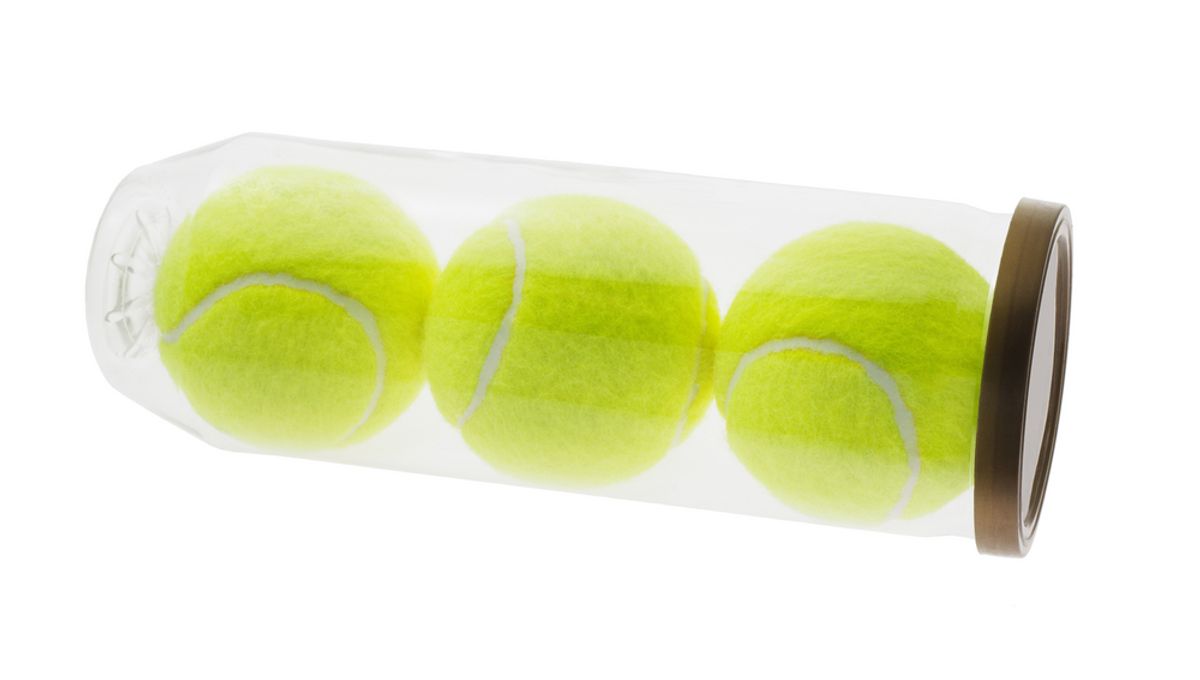
Big news, everyone: the sausage catastrophe has been reproduced with tiny balls.
Look. It’s a little-known fact in mathematics, but the more difficult your theorem is to prove, the sillier its name has to be. Take, for example, the fact that there is no nonvanishing continuous tangent vector field on even-dimensional n-spheres – or to use its common name, the hairy ball theorem. Or, hey, need an algorithm to determine whether a set of sections provides a basis for the Mordell–Weil abelian group of a given elliptic surface? Why not try the Cox-Zucker machine! And let’s not even start on all the theorems and concepts named after Tits.
We tell you this only to make it clear that despite sounding like the kind of weird punk band your parents used to listen to in 1976, Sphere Packing and the Sausage Catastrophe are actually a big deal in math circles – and a recent paper confirming a long-suspected result on the problem is genuinely impressive and important.
Indeed, “the theory of infinite packings of convex bodies, in particular, lattice packings of spheres is a fundamental and classical topic in mathematics,” wrote mathematicians Martin Henk and Jörg Wills, who were not involved in this new result, back in 2020.
“[It] plays a role in various branches of mathematics [such] as number theory, group theory, geometry of numbers, algebra, and [it] has numerous applications to coding theory, cryptography, crystallography and more,” they noted.
So, what exactly is this problem that has such wide applicability? Well, in a word: balls.
More specifically, it’s this: what is the most efficient way to pack balls? It sounds like an easy question – all the hardest ones do – but it has evaded a definite answer for centuries. Even the solutions we do have seem weirdly overcomplicated: for instance, we’ve known since 2005, and been pretty sure since 1611, that the best way in three dimensions is to use the “cannonball” method – yes, like how pirates used to do – but only if you have an infinite number of them. Which, let’s face it, even the saltiest of seadogs did not.
Unfortunately, that’s the kind of nonsense you end up with when you let mathematicians tackle a simple problem – which is why this new result came from a group of physicists, instead.
“In reality, however, all packings are inherently finite, which means that their extension is limited in space,” the researchers write (classic non-mathematical starting point there). “This raises the question of what is the most efficient way to pack equally-sized spheres in either a container with a predefined shape, or inside a flexible container like the smallest convex hull that encloses the spheres.”
And unlike Kepler’s clusters of cannonballs, the answer is totally unintuitive: it’s a sausage. At least, at first.
“One of my students observed a linear packing, but it was quite puzzling,” Hanumantha Rao Vutukuri, assistant professor in experimental physics at the University of Twente, told New Scientist. His team hadn’t even been thinking about this Keplerian puzzler at the time; they were experimenting with putting spherical nanoscale particles inside microscopic containers known as vesicles.
“We thought that there was some fluke, so he repeated it a couple of times and every time he observed similar results,” Vutukuri said. “I was wondering, ‘why is this happening?’”
Now, was it unexpected? Yes. But was it completely unpredictable? No – and in fact, it was predicted, by mathematician Fejes Tóth all the way back in 1975. Proving it, however, was a different story – and the team ran up against some challenges pretty early on in their experiments.
“The vesicles kept rupturing with more than nine particles,” said Marjolein Dijkstra, Professor of Soft Condensed Matter at Utrecht University, in a statement. “This prevented us from testing how the stacking of particles would change if we added more than nine.”
Luckily, we have something Kepler never had: computers. Faced with these burst vesicles, the researchers moved instead to computer simulations of the problem, investigating the most efficient way to pack now up to 150 balls.
And it’s a good thing they went so high. Had they stopped at 55, they would only have obtained half an answer – because at 56, something catastrophic happened.
Literally. It’s called the “sausage catastrophe.” It’s when “a sudden transition in the packing density occurs from a linear to a cluster arrangement, where the coordinates of the particles extend in all three dimensions,” the paper explains – in other words, all of a sudden, it becomes more efficient to make a smush of balls, like Kepler did, than a line.
That, ultimately, is why we should care about this weird problem. Not just because it’s fun and provides closure to Kepler’s pirate friends, but because it shows that experiments really can have an important place in math.
“Our systematic investigation of these clusters with various shapes has allowed us to directly prove, with a practical approach inspired by the physics of colloids, the existence of previously unidentified clusters that exhibit a packing efficiency that is superior to the sausage configuration,” the team writes. “Nevertheless, it remains to be determined whether mathematical proofs can be developed for the packing of these clusters and for the entire Fejes Tóth conjecture.”
“Finite sphere packing is still an open and intriguing problem,” they conclude. “We believe that our work can serve as a catalyst for further research in this direction.”
The paper is published in the journal Nature Communications.
Source Link: Too Many Balls Will Cause A Sausage Catastrophe, And Now There's Finally Proof